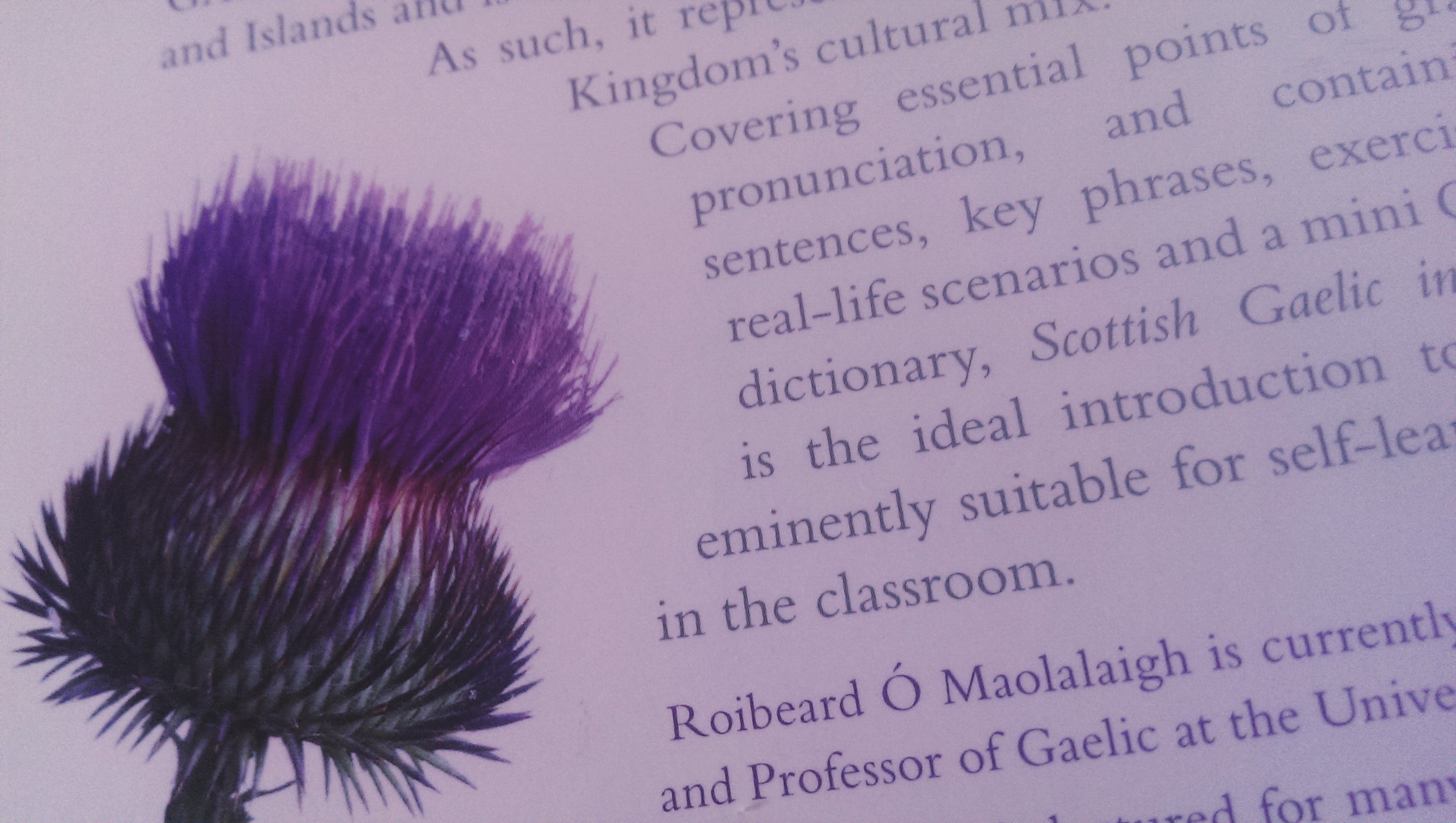Synchronic lenition in Scottish Gaelic affects almost all consonants (except /l̪ˠ/ which has lost its lenited counterpart). Changes such as /n̪ˠ/ to /n/ involve the loss of secondary articulation; in addition, /rˠ/ → /ɾ/ involves the reduction of a trill to a tap. The spirantization of Gaelic nasal /m/ to /v/ is unusual among forms of lenition, but is triggered by the same environment as more prototypical lenition. (It may also leave a residue of nasalization in adjacent vowels. The orthography shows this by inserting an h (except after l n r):
Spirantization
/p/ → /v/ bog /pok/ “soft” → glé bhog /kleː vok/ “very soft”
/pj/ → /vj/ (before a back vowel) beò /pjɔː/ ‘alive’ → glé bheò /kleː vjɔː/ ‘very alive’
/kʰ/ → /x/ cas /kʰas̪/ “steep” → glé chas /kleː xas̪/ “very steep”
/kʰʲ/ → /ç/ ciùin /kʰʲuːɲ/ “quiet” → glé chiùin /kleː çuːɲ/ “very quiet”
/t̪/ → /ɣ/ dubh /t̪uh/ “black” → glé dhubh /kleː ɣuh/ “very black”
/tʲ/ → /ʝ/ deiseil /tʲeʃal/ “ready” → glé dheiseil /kleː ʝeʃal/ “very ready”
/k/ → /ɣ/ garbh /kaɾav/ “rough” → glé gharbh /kleː ɣaɾav/ “very rough”
/kʲ/ → /ʝ/ geur /kʲiaɾ/ “sharp” → glé gheur /kleː ʝiaɾ/ “very sharp”
/m/ → /v/ maol /mɯːl̪ˠ/ “bald” → glé mhaol /kleː vɯːl̪ˠ/ “very bald”
/mj/ → /vj/ (before a back vowel) meallta /mjaul̪ˠt̪ə/ “deceitful” → glé mheallta /kleː vjaul̪ˠt̪ə/ “very deceitful”
/pʰ/ → /f/ pongail /pʰɔŋɡal/ “exact” → glé phongail /kleː fɔŋɡal/ “very exact”
/pʰj/ → /fj/ (before a back vowel) peallagach /pʰjal̪ˠakəx/ “shaggy” → glé pheallagach /kleː fjal̪ˠakəx/ “very shaggy”
Loss of secondary articulation
/n̪ˠ/ → /n/ nàdarra /n̪ˠaːt̪ərˠə/ “natural” → glé nàdarra /kleː naːt̪ərˠə/ “very natural”
/rˠ/ → /ɾ/ rag /rˠak/ “stiff” → glé rag /kleː ɾak/ “very stiff”
Debuccalization
/s̪/ → /h/ sona /s̪ɔnə/ “happy” → glé shona /kleː hɔnə/ “very happy”
/ʃ/ → /h/ seasmhach /ʃes̪vəx/ “constant” → glé sheasmhach /kleː hes̪vəx/ “very constant”
/ʃ/ → /hj/ (before a back vowel) seòlta /ʃɔːl̪ˠt̪ə/ “sly” → glé sheòlta /kleː hjɔːl̪ˠt̪ə/ “very sly”
/t̪ʰ/ → /h/ tana /t̪ʰanə/ “thin” → glé thana /kleː hanə/ “very thin”
/tʰʲ/ → /h/ tinn /tʲiːɲ/ “ill” → glé thinn /kleː hiːɲ/ “very ill”
/tʰʲ/ → /hj/ (before a back vowel) teann /tʰʲaun̪ˠ/ “tight” → glé theann /kleː hjaun̪ˠ/ “very tight”
Elision
/f/ → Ø fann /faun̪ˠ/ “faint” → glé fhann /kleː aun̪ˠ/ “very faint”
/fj/ → /j/ (before a back vowel) feòrachail /fjɔːɾəxal/ “inquisitive” → glé fheòrachail /kleː jɔːɾəxal/ “very inquisitive”
Reduction of place markedness
In the modern Goidelic languages, grammatical lenition also triggers the reduction of markedness in the place of articulation of coronal sonorants (l, r, and n sounds). In Scottish Gaelic, /n/ and /l/ are the weak counterparts of palatal /ɲ/ and /ʎ/.
/ɲ/ → /n/ neulach /ɲial̪ˠəx/ “cloudy” → glé neulach /kleː nial̪ˠəx/ “very cloudy”
/ʎ/ → /l/ leisg /ʎeʃkʲ/ “lazy” → glé leisg /kleː leʃkʲ/ “very lazy”


Comments
No comments yet. Be the first to react!